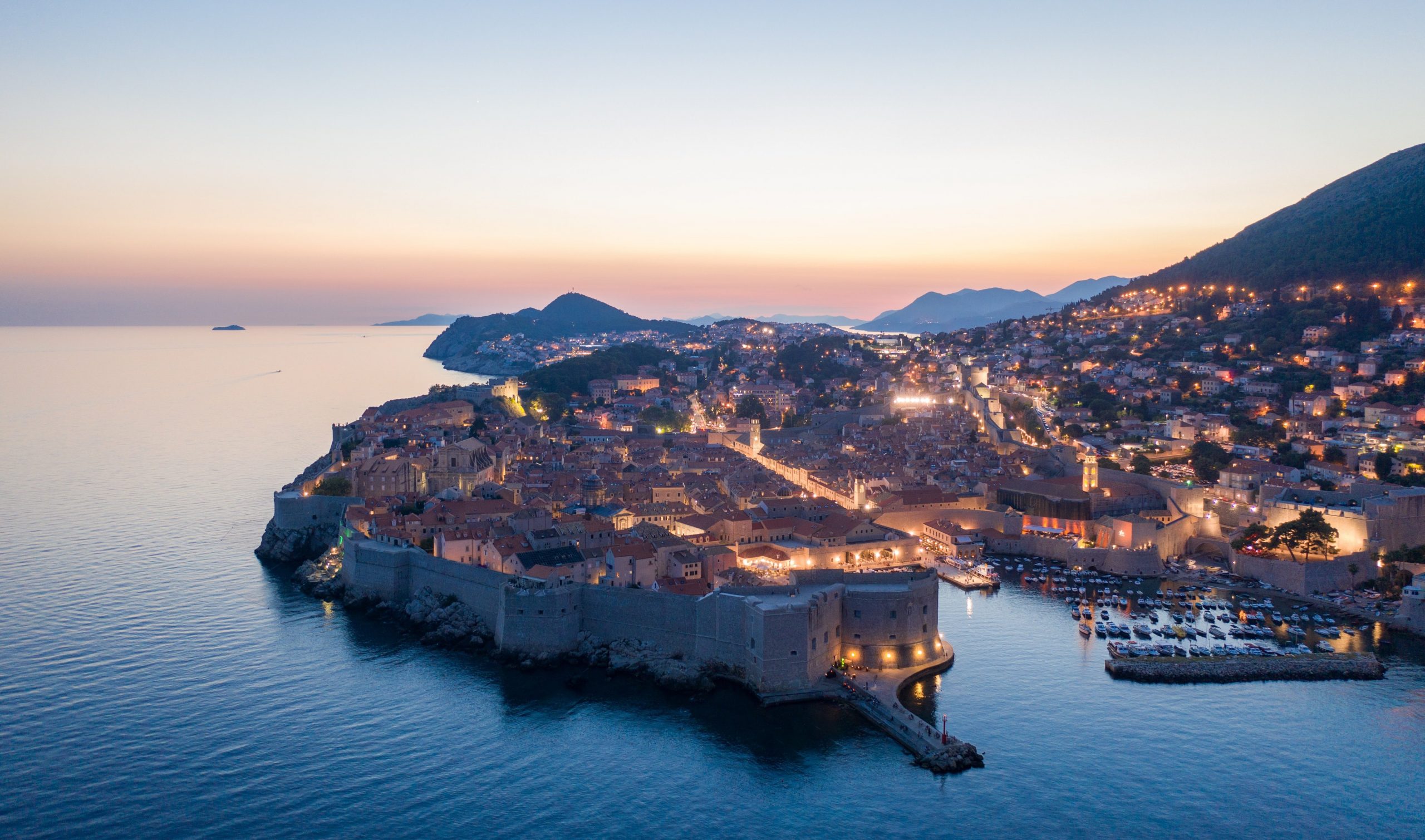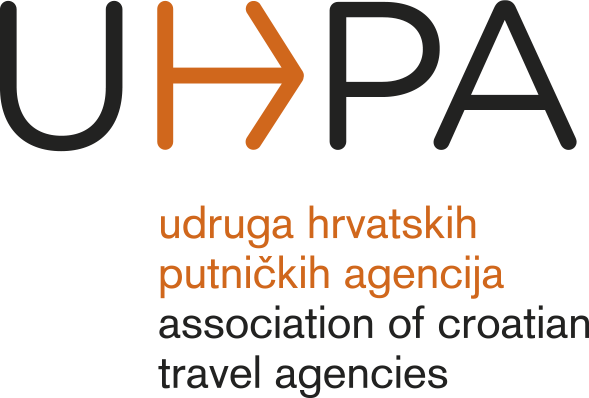Autumn
A world of colours
Autumn in Croatia and Slovenia
Early Autumn is probably the best time of the year to visit Croatia. (Mostly) nice weather with pleasant sea temperatures and not so overcrowded beaches are just some of its benefits. With the days getting shorter, prices of many touristic sights start to drop as well, making this season appealing for many reasons. Whether you’re interested in nature, cultural happenings, active holidays, or just want to enjoy a fine dining experience, Autumn in Croatia has it all.
Natural wonders
Brijuni
Brijuni is one of eight Croatian national parks located in the south of the Istria peninsula, in the vicinity of Pula. Consisting of 14 islands, the Brijuni are full of surprises: the largest among them is Veli Brijun, which abounds with the remains of dinosaurs that lived there about 160 million years ago. In the 19th century, the Austrian magnate Paul Kupelwieser bought the entire territory of Brijuni and decided to turn it into the most magnificent country place in Croatia. For Brijuni, this was the beginning of the transformation into what they represent today: a popular tourist destination often described as Paradise Islands. Among the Brijuni flora, the most famous is the olive tree, one of the oldest in the Mediterranean, supposedly 1600 years old, while the indigenous fauna is complemented by exotic animal species such as llamas and zebras. Some of these animals were gifts for Tito, the former Yugoslavian president who chose Brijuni for his official residence hosting there many famous names like Sofia Loren and Elizabeth Taylor. Natural beauty, landscaped promenades, charming grasslands, and parks are hard to resist. Reach it by the public boat from a small-town named Fažana and discover it on your own.Plitvice lakes National Park
If you want to see Autumn in all its beauty, visit Plitvice lakes. Sixteen lakes are divided into upper and lower lakes, and waterfalls, rapids, and caves connect them. During the Autumn, they make absolutely amazing scenery colored with the Autumn notes of red, brown, and yellow while the water drops as there is still no ice. As an additional bonus, at this time of the year, the crowds are smaller, the walking trail is emptier, and the entrance fee is reduced as well.Krka National Park
Located in warm and dry central Dalmatia, among the porous limestone rocks, this national park on the river Krka is an oasis of life and greenery. Consisting of seven waterfalls, it stretches over 109 square kilometers, which is why you need a few days to visit all the locations. If you are limited by time, the biggest attraction to visit is Skradinski Buk: the last and largest travertine barrier on the river Krka with the most attractive waterfall. There are also accompanying facilities such as restaurants, souvenir shops, and a beautiful viewpoint overlooking the area. Once you enter the Skradinski Buk, there is a wooden promenade around it which requires around half an hour of a pleasant walk. Following this trail, visitors have the opportunity to see fish, frogs, or even a sea snake in the rich fauna of the lake and its tributaries. If you enjoy nature and want to visit the region of Dalmatia, National Park Krka is a great daily trip.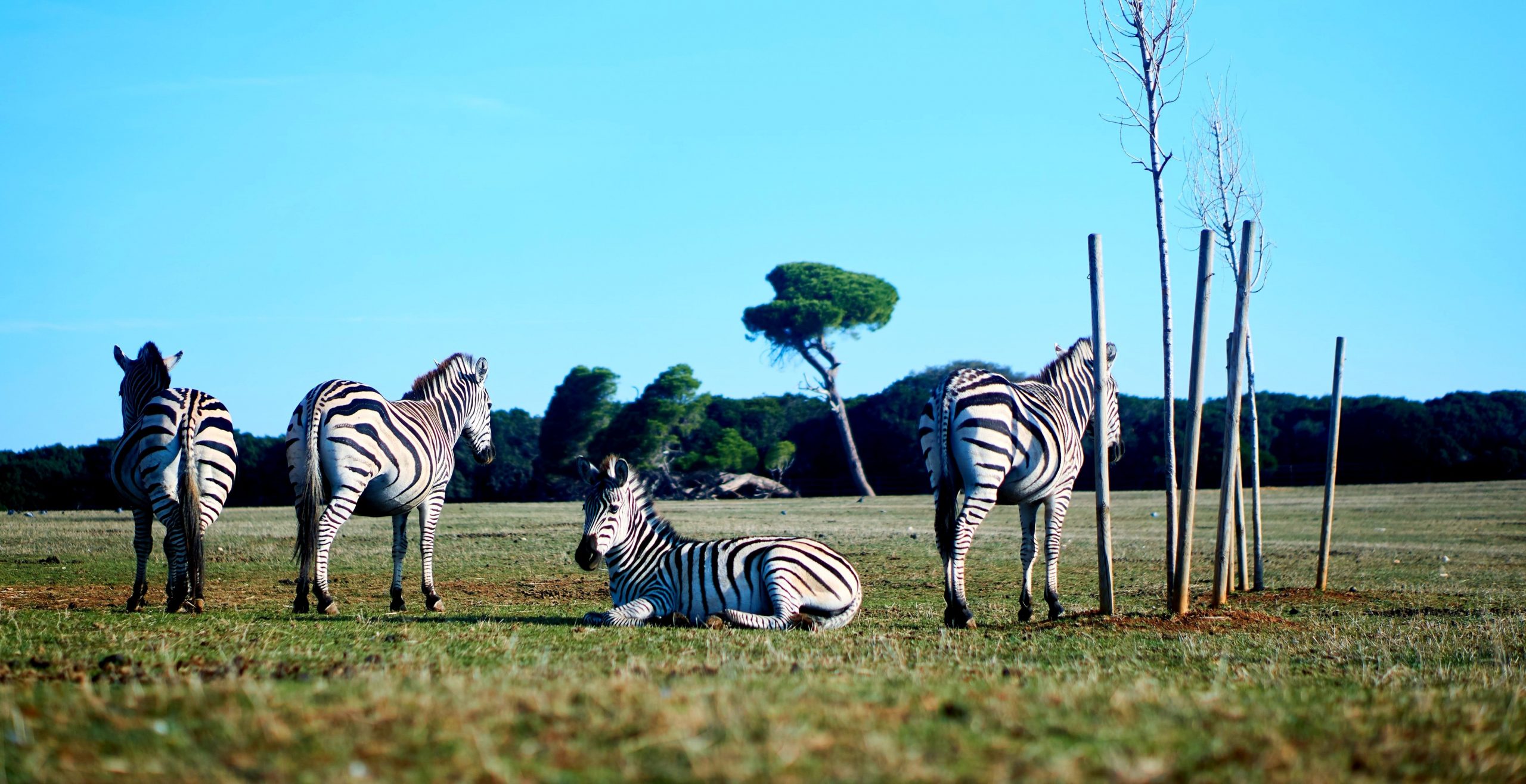
Autumn gastronomy specialties
Istria Truffle Festival
Situated on the northeast part of the Adriatic sea, in the proximity of Italy and Slovenia, the biggest Croatian peninsula has always been a connection between Central Europe and the Mediterranean. Cobble streets, charming city squares, great preserved Roman amphitheater, etc. Istria’s offer is far more than just nice sunbathed beaches and a clear turquoise sea. This is also the region of haute cuisine, whose traditional recipes include truffles. Little is known that the biggest world truffle was found right in the heart of the Istria peninsula. It weighed 1.31 kilograms which were enough to place it in the Guinness book of world records. All truffle lovers in Istria have September bolded in their calendars as that’s the time when the white truffle season begins. There are many different weekend festivals dedicated to the world’s most expensive mushrooms, but the most prominent one takes place in the picturesque town of Buzet, and it is called the Istria Truffle Festival. The Festival begins with the adventurous “Truffle Hunting” race, which is a combination of mountain biking, orienteering, and treasure hunting. Except for the good mood, the only obligation is the participation of dogs, even a plush ones, in honor of truffle-hunting dogs which search for this delicacy.Dubrovnik Good Food Festival
Often called an Adriatic pearl, Dubrovnik’s beauty is recognized by thousands of visitors worldwide. In the last couple of years, film producers have often used its surroundings as movie scenery. Now Dubrovnik has taken another step, and it is about bringing its gastronomic offer closer to the true gourmands. Wine tastings, gastro tours, culinary workshops, beer evenings with street food, and various themed dinners are just part of Dubrovnik’s Good Food Festival. Throughout the Festival week, guests are able to choose from more than 30 best Dubrovnik restaurants, which carefully create fine-dining Mediterranean menus with promotional prices. The Good Food Festival is a great opportunity to visit new restaurants and let some of the best Dubrovnik chefs show you how attractive and tasty the dishes their offer are.The Restaurant Week
This is another gastronomic event that takes place in October, and it should not be missed by all gourmands, foodies, or bon vivants. Its name is Restaurant Week, and it takes place all over Croatia: from big cities like Zagreb, Split, and Rijeka, to small towns. The main idea behind Restaurant Week is an opportunity for visitors to reserve their seats in some of the best Croatian restaurants and have a 3-slide meal from a promotional offer for a tempting price. The concept of Restaurant Week exists worldwide, but in Croatia, it is relatively new. This fine-dining concept, adapted to promote the best of regional cuisine, became an unavoidable promotional action that helps to support the local restaurants and Croatian gastronomic scene.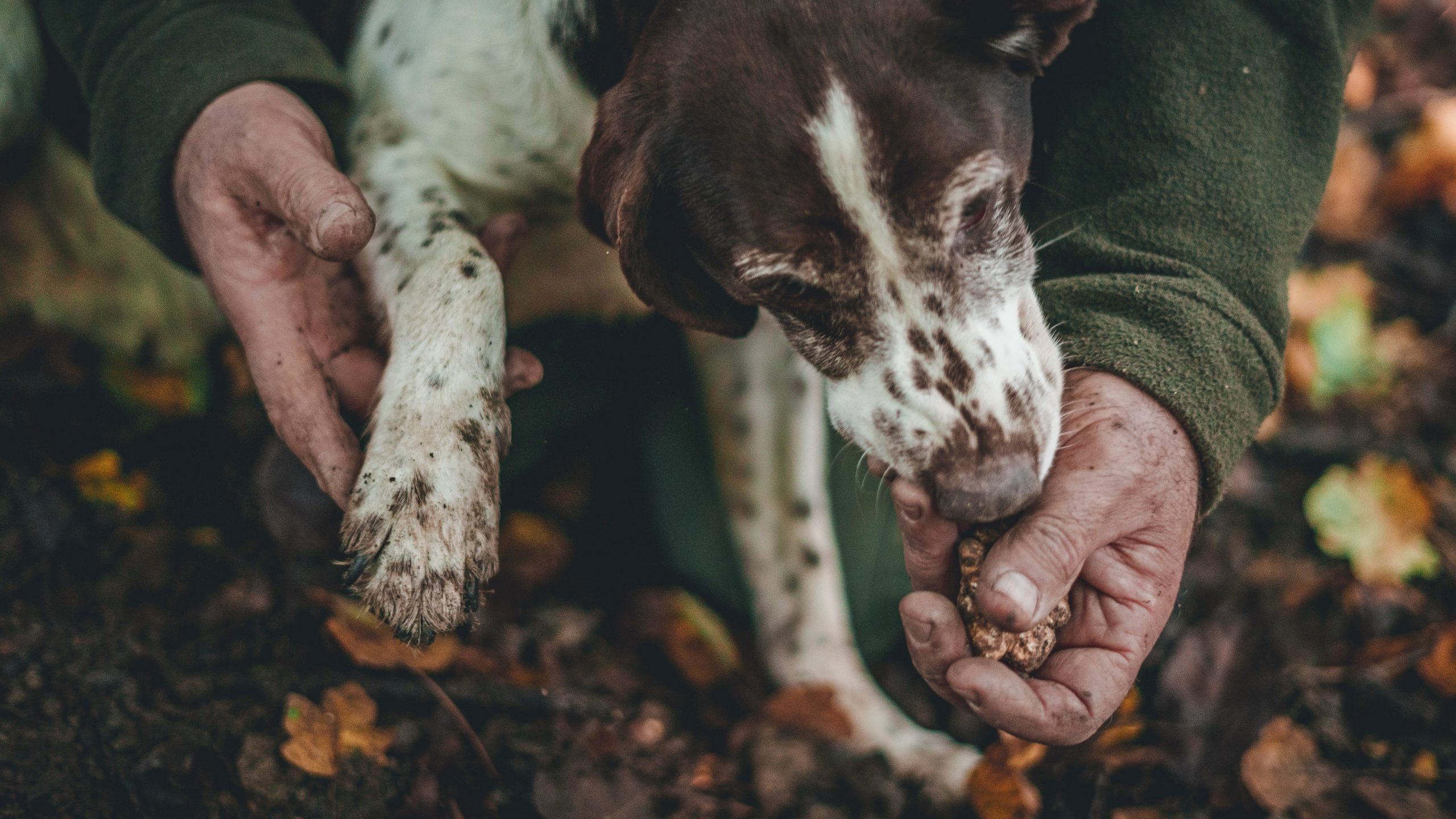
Wine tasting
Croatia has a rich tradition of wine drinking, with the oldest evidence of wine production dating back to the time when ancient Greeks lived on this part of the Adriatic coast. Wine is an integral part of the meal, a link that combines the food, and an important element of all social gatherings. With wine, people talk a little more vividly, toast longer and create more memories. So, don’t be surprised by the rich offer and long tradition of wine production in this small but diverse country. Each region has its own special grape variety and the best wineries where you can enjoy the indigenous ambiance and interesting stories. There are so many good wineries in Croatia that it almost seems unfair not to mention all of them, but since the list would be too long, we have summarized a few of them. Here are a few just for an easier start:
Vinistra, Porec
The Open Wine Cellars Day is an overture to Vinistra, an international exhibition of wine and wine equipment traditionally held in Poreč. This is a great opportunity for all winemakers and winegrowers to present the results of their year-round work, promote wine culture, and increase the quality of Istrian wines. The focus of the exhibition is on wine quality tasting, and in addition, Istrian olive oil and rakija (local schnapps) are evaluated as well. In the total duration of three days, all the visitors get to enjoy some of the finest wines, along with autochthonous products of the Istria village, such as olive oil, prosciutto, cheese, and honey. The accompanying gastronomic corner of the exhibition, Vinistra Gourmet, offers visitors the opportunity to taste various delicacies of renowned chefs. Uniting numerous wine exhibitors in one place, Vinistra is an absolute must-attending place for all who want to deepen their wine knowledge and enjoy an ethnic-gastro event.Saint Hills, Pelješac peninsula
Plavac mali is the most important and most planted red grape variety indigenous to Croatia. It grows on the south side of the Hvar, Brač, and Vis vineyards and on the sunny slopes of the Pelješac peninsula. Limited geographical positions of Dingač and Postup on Pelješac are home to especially esteemed Plavac mali. Low yields, high steepness, triple insolation (from the sun, sea, and stone), and manual cultivation of the soil, limestone, and red earth, are just some of the specifics of the Pelješac vineyards where Saint Hills winery has its property. Originally housed in an old stone house, the winery today has a modern complex that, in addition to sightseeing and wine tasting, also offers lunch with local delicacies such as prosciutto, cheese, and homemade bread. A must-try is their dingač: ruby red with fruity notes, which brings the taste of Dalmatia to your senses.Krajančić winery, Korčula island
The closest destination for wine lovers to Pelješac is Korčula. An island named by the ancient Greeks is full of surprises – not only does it have magnificent archaeological artifacts that date to 20,000 B.C., but it also has great wines, which are part of the winemaking tradition that has been unbroken for 2,500 years. One of the must-try Korčula wines is pošip – a rare autochthonous variety with an established place and time of its beginning. It is also the first Croatian white wine with a law-protected geographical origin. One of the best pošip you can try in family-owned Krajančić winery, situated in the small and picturesque village of Čara. To taste pošip here means to scratch on the essence of the Mediterranean: to slow down the time and appreciate every moment.Belje Wine Cellar
If you are looking for some good wines from continental Croatia, come to the region of Baranja. Baranya is a Hungarian word meaning ‘the mother of wine.’ The first vineyards in this area were planted by the Romans, and the people have continued to enjoy the vine ever since. One of the most recognized cellars here is Belje Wine Cellar, dug into the center of Kneževi Vinogradi. Three levels of long halls are filled with barrels made from the finest Slavonia oak offering a great selection of wines. As a huge company, Belje also offers a visit to its wine road and winery, and the tasting room gives an opportunity to pair the wine with some homemade delicacies.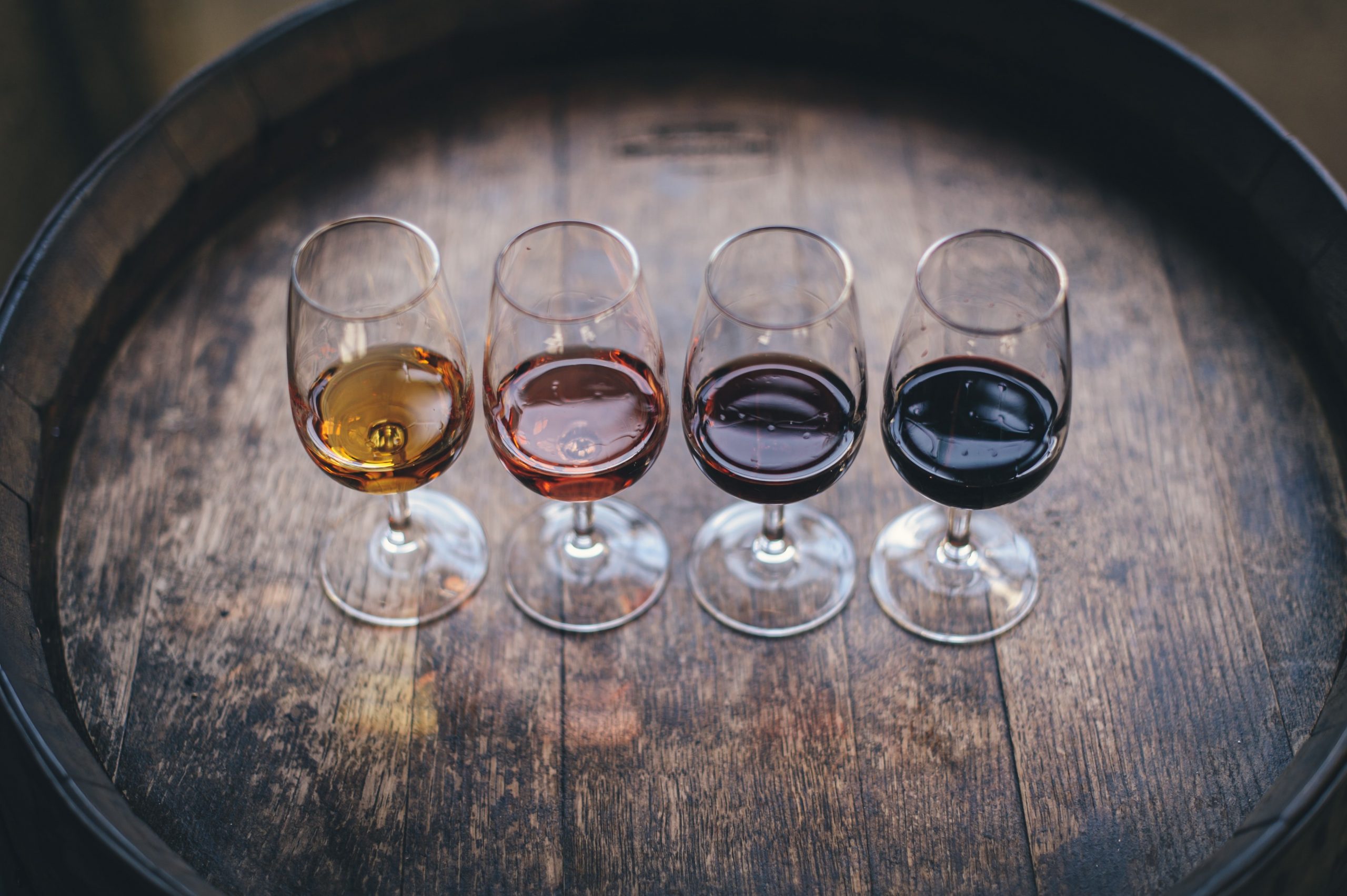
Manifestations and activities
Grape harvesting
Among Croatian winegrowers, September usually means only one thing: the beginning of grape harvesting. It is interesting how each of the different maturation parameters affects the style of the wine, and in order to maintain its quality, it is desirable to pick the grapes by hand. One person can harvest 400-600 kg of grapes a day. If you are a wine lover and would like to try picking the wonderful berries from which this drink is made, there are available organized pickings. The largest Dalmatian winery Dalmacija Vino organizes the grape harvest in Petrovo polje, a field near Drniš. Surrounded by mountain ranges and the Čikola river, Petrovo polje is a great scenery for enjoying traditional grape harvesting, homemade food, and Dalmatian wine.Ilok grape harvest
If the road takes you to Slavonia, don’t leave the Ilok without attending the grape harvest. It has been held since 1962, and today it has grown into one of the most important cultural and entertainment events in continental Croatia. It originated from an old custom called Pudarina when the people would gather at the time of grape ripening to protect it until harvest. The central part of the event is held on the first weekend in September, which is preceded by numerous events, workshops and activities for children, sports competitions, exhibitions, and cultural events. This is a great opportunity to join the grape harvest, experience the 500 years old story of the old wine cellars, and taste the Traminer wine that Queen Elizabeth II enjoyed at her coronation celebration.Olive picking
After the grape harvest is over, the olive harvest begins, and Croatia has one of the best olive oils in the world. Two regions: Istria and Dalmatia, are proud of their numerous olive trees, some of which are several centuries old. October is officially taken as the beginning of the olive harvest, and everyone participates, including the whole family, friends, and relatives. They first gather around the olive trees and after around a common table, where they eat a hearty brunch and drink a glass of red wine. Most of the harvesting is done by hand. As no prior knowledge is required, there are many possibilities for organized olive picking in authentic olive groves in Istria and Dalmatia. In this way, you can fully experience the activity that was once one of the basic agricultural branches of this region. The green colors of the branches, the fresh air, and the soft sound of falling fruit have a calming effect and give a feeling of healthy fatigue after a whole day of work. Vodnjan, Kaštela, Šolta, and Hvar island are just some of the places where olive picking is organized every year. Among them, we could also point out the island of Brač, with its unique World Olive Harvest Championship and an eminent Olive Oil Museum in Škrip.Saint Martin’s day
Have you ever seen a painting of a young Roman soldier dividing his cloak with a beggar? That is Saint Martin, a very reverend and significant saint in the north of Croatia and in Slovenia. St. Martin’s Day is one of Croatia’s most cheerful festivals. It is celebrated on 11th November, and it’s called Martinje. This day cherishes the traditional folk custom of the symbolic so-called wine baptisms and the blessing of the vineyards. This day, filled with many religious and folk rites, is specially celebrated in places where St. Martin is the patron saint. One of the most visited places on this day is Sveti Martin na Muri – a small town in the lovely region of Međimurje named after the popular saint. The main celebration begins with the anthem “St. Martin has come,” after which comes the traditional reading of the wine statutes, the wine breviary, and the ceremonial wine baptism. This is followed by a feast, on whose menu is local specialty goose with grinders. St. Martin’s day is filled with a lot of fun, joy, laughter, and, of course, a glass of good wine.Zagreb film festival
The end of October and the beginning of November should be marked in the calendars of all true movie lovers. Namely, when the summer heat waves subside, and people are back from their vacations, the last preparations for the Zagreb Film Festival are coming to an end. Every year this biggest Croatian film festival with international significance presents the audience with the best films of independent international and domestic production. The main goal of the Zagreb Film Festival is to promote contemporary independent film and the debut works of directors from all over the world. Thus, the rich program with over 100 film titles includes works that often bypass the repertoires of multiplex halls. In addition to lesser-known achievements, five main and four accompanying programs bring sound names, such as the winners of the Venice Film Festival, Sundance, Karlovy Vary, and the Berlin International Film Festival. In this way, the Zagreb Film Festival has a key role in educating generations of audiences who enjoy film art, holding the position of one of the most visited cultural events in the capital.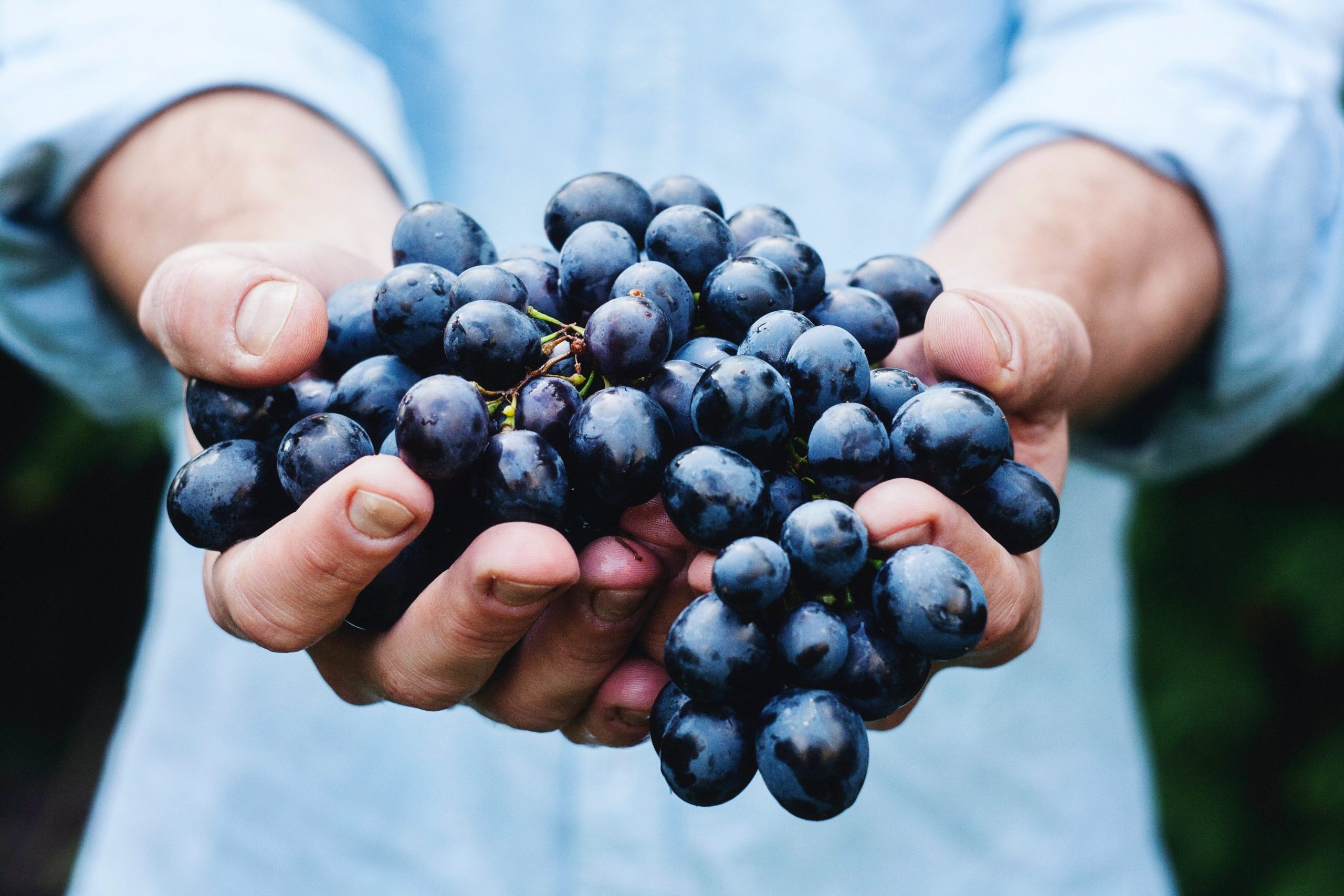
Suggestions for an active holiday
Island hopping: Split to Dubrovnik in one way
The end of September is probably the most beautiful time in Croatia. The great heat subsides, the crowds decrease, and the days are still long enough for all wished activities. During this period, two ferry companies are still operating between all major Croatian islands, making it an ideal opportunity for island hopping. Because of its position in Central Dalmatia and taking into account that it has one of the largest passenger harbors on the Mediterranean, Split is a great starting point for island hopping. Barely an hour away by ferry (or even less with a speed boat), Brač is a great choice for a daily trip. What is so special about Brač is the fact that it is still very much intact: it offers beautiful beaches and crystal clear sea for all who want to relax, as well as natural hiking trails, bike, and hiking trails ideal for all who seek an active vacation. In addition, it offers many historical sights and a piece of mystery – if you go deeper in its inland, you can get a touch of past times among the remains of small abandoned villages. With the excellent speed boat connection during the tourist season, it is also possible to hop on the Hvar, spend a night there, and then proceed the next day to Korčula. In this way, your final stop can be Dubrovnik giving you a great opportunity to visit several islands in one direction. With a bit of planning, you will be able to visit some of the largest and most famous Croatian islands and truly experience their charms. Small advice: although the season lasts until mid-October, always check the ferry schedule in advance because these schedules can often be subject to change.Cycling tour
Croatia offers a wide variety of possibilities if you’re planning on a cycling tour. One of the most popular ones includes the Middle and South Dalmatian islands like Brač, Hvar, and Korčula. While cycling through their hills, cyclers catch a breath of rest overlooking the open sea and green pine trees. Thanks to the ferry connection among these islands, the tour can finish in Dubrovnik, adding to its lists of far south islands like Lastovo and Mljet. Island’s intact nature, legends, caves, and stone architecture are breathtaking, as well as some of the inclines, so this tour requires a certain level of physical fitness. For all who want to try something slightly different, there is a cycling tour through the National Parks of Northern Croatia. This is a good starting point for all who arrive in Zagreb or Rijeka and want to explore more of Croatia’s mountain region but without the snow and freezing temperatures. The tour through northern National Parks includes Risnjak and Plitvice lakes which means a lot of scenes of beautiful nature that bursts with life. On their way, cyclers pass some dazzling nature and peculiar villages and might have a close encounter with little animals like squirrels.
Charming crowd-free towns
Osijek
Choosing Croatia as their holiday destination, many travelers think mostly of its Adriatic Seaside. However, there are some cities inland that are very noteworthy. Located in the region of Slavonia, along the Drava river, this fourth largest Croatian city hides many attractions, such as culinary delights and bars with good Croatian craft beers. Osijek also offers some interesting places and events like a flea market, Autopija, and Antiques Fair, held every first Saturday of the month. Here you can buy rare and original souvenirs for affordable prices. For a breath of local life, we recommend a walk through the Greenmarket in the city center. Only 20 minutes drive from Osijek is the Kopački rit Nature Park, a beautiful mosaic of lakes, canals, and floodplain forests with rich fauna. Inside the park is the romantic complex of the Tikveš castle from the 19th century, built by members of a branch of the Habsburg family.Split
This city is worth visiting year-wide, and autumn in Split might be its most wonderful time of the year. With the end of September, the city buzz slows down, but all restaurants and other attractions remain open. There are no more heat waves, but the weather is still nice, and the sea temperature stays pleasant until mid-October. This is perfect timing for a walking tour within the Diocletian’s palace and old town. City whose walls continuously burst with life for 1700 years definitely has a lot of stories that wait to be heard. Besides, a walking tour is a great way to discover some of its hidden parts. Autumn is Split is reserved for cultural events: as the theater season starts, this is a great opportunity to visit Croatian National Theatre (HNK) and watch opera or ballet. Split also offers several museums, which Archeological Museum and its Roman artifacts history buffs might find especially impressive. For art lovers, there is a Meštrović Gallery filled with sculptures of Croatia’s most famous sculptor.Trogir
Situated only 30 minutes drive away from Dalmatia’s biggest city, Split, Trogir is a great place for a visit. This charming town is situated on the island, and its UNESCO-protected historical core is an excellent example of the continuity of a city population since the Hellenistic era. The Cathedral of St. Lawrence, City hall, and the Papalić palace on the main city square are must-see sights of this harmonious town. Its small cobbled streets, the smell of the sea, and the beauty of the architecture will leave few indifferent.Dubrovnik
It is almost impossible to write about the most beautiful Croatian cities to visit in Autumn and not to mention Dubrovnik. Less busy months are great for exploring the city at your own pace: Old Town, Revelin Fortress, Minčeta Tower, and the Cathedral of the Assumption of the Virgin Mary are places not to be missed. Each of them brings with it a touch of the past and intriguing legends, making it easy to understand why thousands of people from all over the world visit Dubrovnik every year. New on the city’s events list is Stradun Classic. Placed at the stunning Rector’s palace, this festival for chamber music, orchestra, and soloists is followed by the Autumn Music Variety festival. A great diversity of programs with leading conductors and musicians from across the world is a true gem for those who enjoy good music. We hope that we have given you a glimpse of the possibilities of where to go and what to do in Autumn in Croatia. The list has many possibilities, which only depend on one’s preferences.